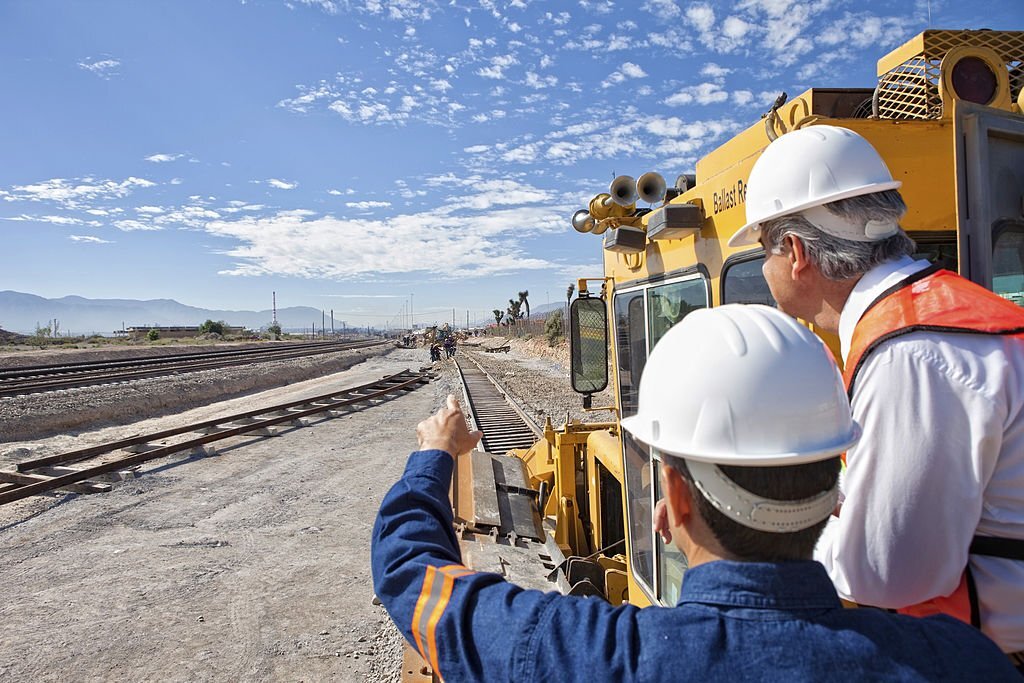
Introduction:
Efficient railway maintenance is a critical component of ensuring safe and smooth rail operations. With diverse rail networks spanning vast geographical areas, it’s imperative to address the unique challenges and requirements that each network presents. Customizing railway maintenance equipment to meet specific railway needs has emerged as a solution to enhance overall operational efficiency, safety, and cost-effectiveness. This article delves into the various aspects of customization, exploring its benefits, associated challenges, and key considerations in tailoring maintenance machinery to suit the demands of specific rail networks.
Benefits of Customization:
Customization of railway maintenance equipment offers a range of benefits that contribute to improved rail network functionality and performance:
- Enhanced Efficiency: Customized equipment is designed to match the exact specifications of a rail network, enabling it to efficiently address specific maintenance tasks. This results in reduced downtime and increased overall efficiency of operations.
- Optimized Performance: Equipment tailored to the unique conditions of a rail network can deliver optimized performance. This includes considerations such as track gauge, curvature, elevation, and environmental factors, all of which impact the functionality of maintenance machinery.
- Cost Savings: While customization may entail initial investment, the long-term cost savings can be substantial. Customized equipment is designed to minimize wastage and improve resource utilization, ultimately reducing operational costs over time.
- Safety Enhancement: Customized equipment takes into account the safety requirements of a specific rail network. By addressing potential safety hazards and challenges, accidents, and incidents can be significantly minimized.
- Reduced Downtime: Quick and effective maintenance is essential to minimize service disruptions. Customized equipment can facilitate faster maintenance processes, reducing the time that tracks need to be closed for repairs.
Challenges of Customization:
While the benefits of customized railway maintenance equipment are clear, several challenges need to be navigated:
- Design Complexity: Customization often involves intricate design processes. Ensuring that the customized equipment is both functional and reliable requires close collaboration between engineers, manufacturers, and rail operators.
- Lead Time: Developing customized equipment takes time, from initial design and engineering to manufacturing and testing. This can potentially lead to longer lead times compared to off-the-shelf solutions.
- Cost Considerations: Customization can come with higher upfront costs due to design, engineering, and manufacturing processes. Balancing these costs with long-term operational savings is crucial.
- Maintenance and Spare Parts: As customized equipment may differ from standard machinery, procuring spare parts and ensuring maintenance can be more complex. Establishing a reliable supply chain for components becomes essential.
- Standardization vs. Customization: Striking a balance between standardization and customization is essential. Over-customization could lead to equipment that’s too specialized and not adaptable for future needs.
Considerations for Customization:
When contemplating the customization of railway maintenance equipment, several key considerations should be taken into account:
- Network Specifics: Understand the unique characteristics of the rail network, including track gauge, curvature, terrain, climate, and operational requirements. This knowledge forms the foundation for equipment customization.
- Collaboration: Effective collaboration between rail operators, engineers, and manufacturers is vital. Regular communication ensures that the customized equipment aligns with operational needs and technical feasibility.
- Technology Integration: Incorporating advanced technologies such as IoT, sensors, and data analytics can enhance the functionality of customized equipment. Real-time monitoring and predictive maintenance capabilities can lead to more proactive and efficient operations.
- Scalability: Consider the future scalability and adaptability of the customized equipment. It should be capable of accommodating changes in network requirements or expansions.
- Lifecycle Costs: Assess the total lifecycle costs of customized equipment, including design, manufacturing, maintenance, and potential upgrades. Compare these costs to the benefits the customization brings.
Case Study:
Customization in Action One compelling case study is the Swiss rail network, known for its challenging mountainous terrain and varying weather conditions. Swiss Federal Railways (SBB) customized its maintenance equipment to tackle these unique challenges. The snow-clearing equipment used in Swiss railways is meticulously tailored to address heavy snowfall and prevent disruptions. This customization includes reinforced plows, powerful snow blowers, and heating systems to prevent ice buildup. The result is a highly efficient snow-clearing process that ensures continuous rail operations even in harsh winter conditions.
Conclusion:
Customizing railway maintenance equipment to meet specific railway needs is a strategic approach that yields numerous benefits for rail networks. While challenges such as design complexity and cost considerations exist, the advantages of enhanced efficiency, optimized performance, and improved safety far outweigh the drawbacks. Effective customization requires a thorough understanding of network specifics, collaboration between stakeholders, and integration of advanced technologies. By carefully considering these aspects, rail operators can ensure that their maintenance equipment is tailored to the demands of their unique rail networks, leading to safer, more efficient, and cost-effective operations.



